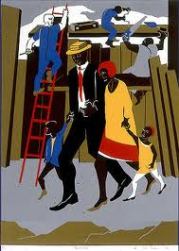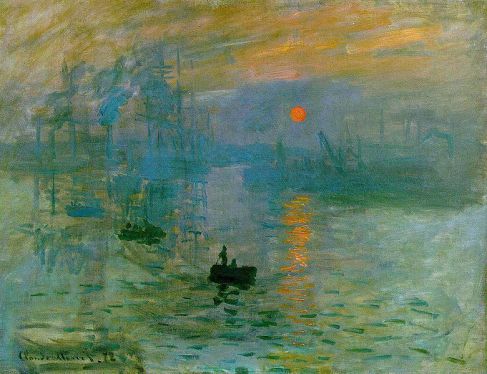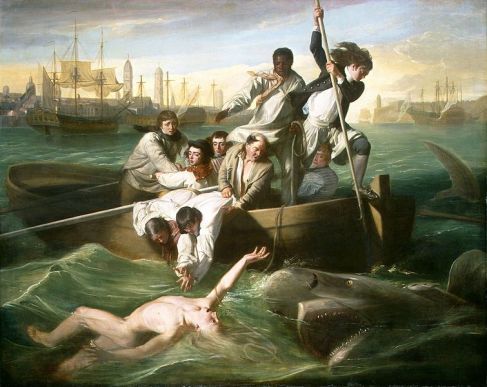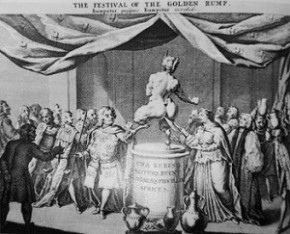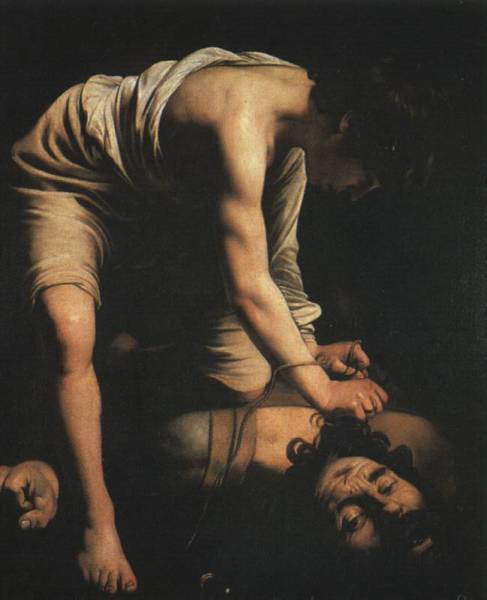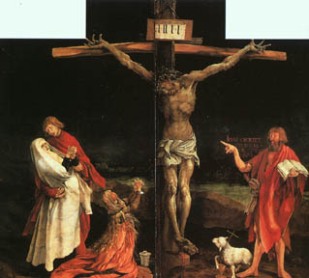The theme for my exhibit is “Embrace,” and this means to embrace yourself, embrace your culture, and embrace the power of that culture. I chose two powerful female artists who represent their culture in a dynamic way in the field of visual arts, Judith Baca and Lisa Fifield. Both of these women are extremely talented and their work stems from the cultural roots; Baca as a Mexican American and Fifield as a Native American.
Judith Baca is a Mexican American who was born in 1946 in Huntington Park to a musician and tire factory worker. As a child, Judith was not able to speak very good English and was forbidden to speech Spanish at school or at home, which made early childhood quite difficult for her. Because she had a hard time understanding what was in her textbooks, Judith began to paint and draw because it was a way for her to express herself clearly and it was something that she could easily understand and with that she developed a passion. She went to college at California State University, Northridge and studied Modern Abstract Art and her main goal was to create art that her family and her community would appreciate; outside of the normal gallery setting because she knew they would not attend. She decided to work on murals, outside, where all eyes could see. She is best known for her work on the Great Wall of Los Angeles, which is basically a mural depicting the history of L.A with an artistic spin; she wanted it to capture diversity, culture, and the history outside of the history books. Baca is known for including diverse groups of people in the makings of her murals; being an activist as well as a painter, it is one of her goals to unite diversity in a positive way.
What I love about Judith Baca’s work is that it is so diverse; she captures diversity in every stroke. Her murals have this ability to tell a story; whether it is a story of struggle or a struggle of triumph, she highlights different races and different cultures in such an embracing and powerful light. Here are a few of her pieces:
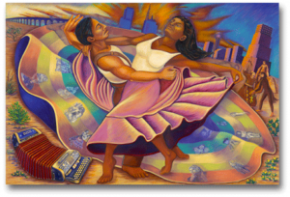
“La Danza de la Tierra” by Judith Baca, 2009
I love this painting because of the drastic color and the instant pride in culture that can be felt when looking at it. This painting was done specifically for the Dallas Texas Latino Cultural Center and it is a mural that is displayed in the lobby of one of the performance halls. I can see why Judith Baca was chosen to complete a mural for this cultural center and why this mural hangs in one of the largest halls; it is absolutely breathtaking.

Absolutely Chicana, 2009
I love this painting not only for the bold color, the texture, the detail, and the flat out arrogance it carries but because of the meaning of the piece. This piece was painted to depict a photograph taken of the painter at an early time and she wanted to paint it in order to convey a message and revive this 1950’s attitude that Hispanic women possessed. The purpose of this piece was to show off a Chicana in the face of a hostile environment, and it pretty much says that no matter what is thrown their way, they can handle it and they can do it with this sort of “I don’t care” attitude. I love the arrogance of the piece and the attitude of a whole, I may not be Hispanic but this piece makes me proud to a be a strong woman none the less.
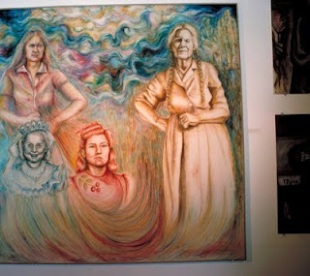
Tres Generaciones, 1975
This painting is beautiful in looks and meaning; I love the more settle colors and the brushstrokes and the way the light seems to hit the faces of these women. What I really love about this piece is the meaning behind it, and I am going to past Judith Baca’s words on this piece:
” The little girl with the crown on her head is my painting of me as a young child making my first communion then the standing figure opposite the indigenous women is me as i looked at the time I painted it in 1973*. The women in the middle is my mother Ortencia Baca at 18 yrs old and at her graduation and the standing women on the right is my grandmother Francisca Baca. She raised me as my mother was a single parent in my primary years. There is an obscured image of my grandfather in the back ground.” (Judith Baca).
I love the embrace of her culture and her family in this painting and I think that this painting along with the other two I have posted really show why she fits in to my exhibit of “Embrace.” Here is an artist who loves her culture, and every culture around her and she paints these beautiful pictures and murals depicting these cultures in such a positive and uplifting way.
The other artist I chose for my gallery is Lisa Fifield and she is part of the Oneida Tribe of Wisconsin and her work greatly reflects her love her Native American culture and the pride that has in it. Lisa was born in 1957 in Milwaukee, Wisconsin and her upbringing was that of a standard Judea-Christian. As a child Fifield had this view of Native Americans and believed that it was right to take land from them and seen no harm in the negative way they were treated. It wasn’t until the 1970’s that she learned that her mother was full-blooded Native American, which of course changed her views on the native American culture. In the 80’s she was diagnosed with the disease Lupus and decided to take an art class as a way to cope with it; turns out she had an eye for art and the talent to match. With her new found talent she began to paint pieces that reflected the culture of native Americans; she wanted to give a voice to those who suffered through inequality in a spiritual and artistic manner. Here are some of her works:

Birch Bark Woman (Could not find date)
This painting is a perfect example of how Fifield embraces the native American culture as it depicts a woman as one with nature and I think that ties into the spirituality and sort of calmness possessed by this culture. I love the settle colors of this piece and the less than perfect shapes and brush strokes because it adds that extra something that really draws you in. I love that she literally painted a woman as one with nature because that speaks volumes of their culture itself; shows their love of nature, their selflessness, and their spiritual ability to form connections.

The Bird Funeral (couldn’t find date)
This painting is very unique and symbolic, yet amazing in it’s own right. We have all of these birds dressed up in clothes or cloaks if you will, mourning the loss of a fellow bird and that to me expresses a lot about the Native American culture. We know that people within this culture are very connected with nature; they tend to see animals as one of them and so this picture is conveying that message. A bid dies and none of us lose sleep, but within this culture it as if they have lost a friend or family member .
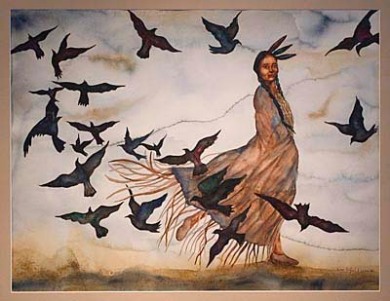 Helen Hide Bird
This is probably my favorite painting by Lisa Fifield and it depicts this clan mother and the strength and importance of the Native American woman. She is strong, she is powerful, and she is essential to life. This painting along with the other two paintings posted greatly reflect why Lisa Fifield’s work would fit in to my gallery of “Embrace”. She highlights her culture in a positive way and strives to make her culture not only known but respected; for they have lost a lot, suffered a lot, but they still continue to rise.
These two women are very powerful cultural artists and fit perfectly in to the theme of my virtual exhibit of “Embrace.” It is important for us to embrace our culture as well as the diverse cultures that surround us, and that is exactly what these women convey. Their artwork is breathtaking and their stories and symbolism even more so.
Resources:
https://classes.uaf.edu/webapps/portal/frameset.jsp?tab_tab_group_id=_2_1&url=%2Fwebapps%2Fblackboard%2Fexecute%2Flauncher%3Ftype%3DCourse%26id%3D_116531_1%26url%3D
http://www.judybaca.com/now/index.php?option=com_igallery&view=gallery&id=3&Itemid=73
http://lisafifield.orgfree.com/LBio.html
http://en.wikipedia.org/wiki/Judy_Baca
Helen Hide Bird
This is probably my favorite painting by Lisa Fifield and it depicts this clan mother and the strength and importance of the Native American woman. She is strong, she is powerful, and she is essential to life. This painting along with the other two paintings posted greatly reflect why Lisa Fifield’s work would fit in to my gallery of “Embrace”. She highlights her culture in a positive way and strives to make her culture not only known but respected; for they have lost a lot, suffered a lot, but they still continue to rise.
These two women are very powerful cultural artists and fit perfectly in to the theme of my virtual exhibit of “Embrace.” It is important for us to embrace our culture as well as the diverse cultures that surround us, and that is exactly what these women convey. Their artwork is breathtaking and their stories and symbolism even more so.
Resources:
https://classes.uaf.edu/webapps/portal/frameset.jsp?tab_tab_group_id=_2_1&url=%2Fwebapps%2Fblackboard%2Fexecute%2Flauncher%3Ftype%3DCourse%26id%3D_116531_1%26url%3D
http://www.judybaca.com/now/index.php?option=com_igallery&view=gallery&id=3&Itemid=73
http://lisafifield.orgfree.com/LBio.html
http://en.wikipedia.org/wiki/Judy_Baca












